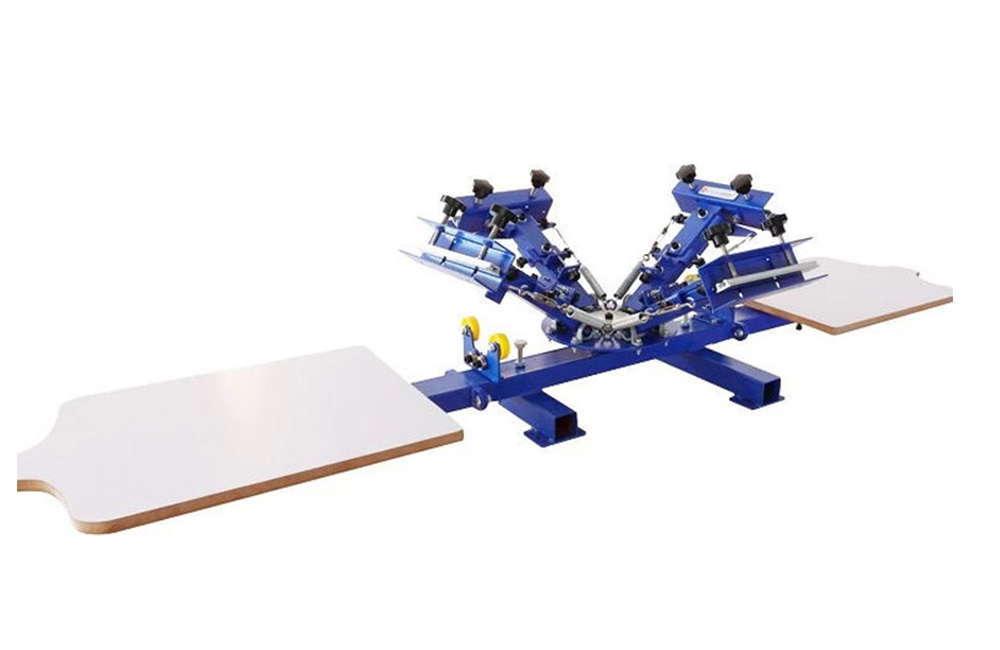Screen Printing on Different Fabrics: Cotton, Polyester, and More
The Basics of Screen Printing on Cotton Fabric
Screen printing is a popular method of transferring designs onto various fabrics, including cotton, polyester, and more. Each type of fabric requires different techniques and considerations to achieve the desired results. In this article, we will explore the basics of screen printing on cotton fabric, one of the most commonly used materials in the textile industry.
Cotton is a natural fiber that is known for its softness, breathability, and durability. These qualities make it a popular choice for clothing, home textiles, and other applications. When it comes to screen printing on cotton fabric, there are a few key factors to consider to ensure a successful outcome.
The first step in screen printing on cotton fabric is to prepare the fabric for printing. This involves washing and drying the fabric to remove any dirt, oils, or other contaminants that could interfere with the printing process. It is also important to iron the fabric to ensure a smooth surface for printing.

Next, the design to be printed is transferred onto a screen using a photosensitive emulsion. The screen is then placed on top of the fabric, and ink is applied to the screen. A squeegee is used to push the ink through the screen and onto the fabric, creating the desired design.
When screen printing on cotton fabric, it is important to use the right type of ink. Water-based inks are commonly used for cotton fabric because they are easy to work with and produce vibrant colors. These inks are also environmentally friendly and do not contain harmful chemicals.
Another important consideration when screen printing on cotton fabric is the mesh count of the screen. The mesh count refers to the number of threads per inch in the screen. A higher mesh count will produce finer details in the design, while a lower mesh count will result in a thicker layer of ink. For cotton fabric, a mesh count of around 110 to 160 is typically used.
It is also important to consider the curing process when screen printing on cotton fabric. Curing involves drying and setting the ink to ensure that it is permanent and wash-resistant. This can be done using a heat press or a conveyor dryer, depending on the size of the print run and the equipment available.

In conclusion, screen printing on cotton fabric requires careful preparation, the right materials, and attention to detail. By following these basic steps and considerations, you can achieve high-quality results when printing on cotton fabric. With practice and experience, you can create stunning designs that will stand the test of time on this versatile and popular fabric.
Pre: Why More Entrepreneurs Are Choosing DIY Screen Printing Businesses
Next: The Best Silk Screen Printing Machines for Custom Apparel Branding
Tags: